Why The East Cape?
East Cape: Home of Land-Sea Wonders
The East Cape of Baja California Sur is unique, with a rich cultural heritage and a magnificent natural environment derived from its proximity to the Sierra de la Laguna, Sierra de la Gata, and Sierra de las Cacachilas mountains on its western flank and the Sea of Cortes to its east.
These natural features serve as the origins of extraordinary endemic life forms. The mountains capture the scarce yet vital marine moisture, while their high peaks and canyons act as havens of biodiversity.
Valleys and river beds (arroyos) function as crucial pathways for water flow and storage, as well as for unique collections of plants and animals, facilitating migration.
During the brief rainy season, arroyos transport minerals, organic matter, and sand, contributing to the maintenance of our stunning beaches and marine life.
Climatic events pulse nutrients into the marine ecosystem, fueling the food chain of the Sea of Cortez, one of the planet’s most abundant and productive seas. It is these interconnected relationships between land and sea that led Jacques Cousteau to name it “The Aquarium of the World” while others have referred to it as an “Ocean Oasis”.
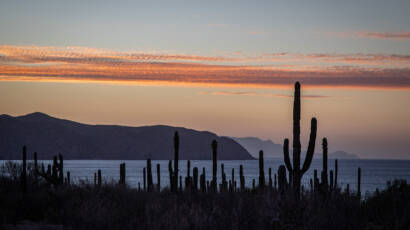




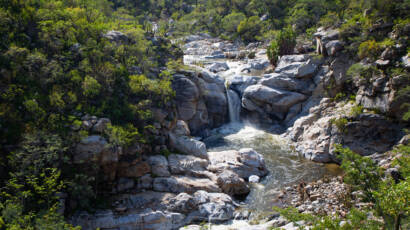


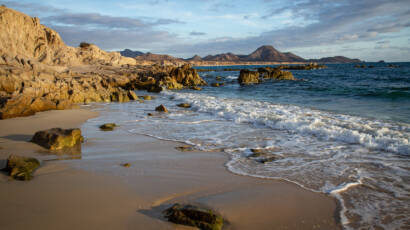
The Evolution of the Region
With its rich natural and cultural history, this region has also witnessed various waves of human settlement:
01
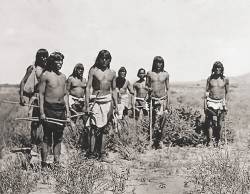
3 main Indigenous and prehispanic groups established their communities here over 15,000 years ago: Cochimíes, Pericúes and Guaycuras.
02
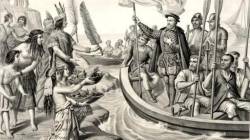
During the 16th and 17th centuries, European explorers, led by Hernan Cortez arrived in search of treasure and religious conversion of the Baja California Sur indigenous groups.
03
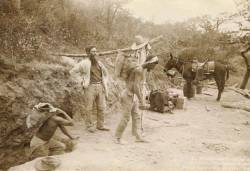
In the late 1800s, mining and ranching attracted settlers, followed by fishermen.
04
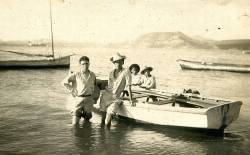
Over time, vast pearl beds were depleted within a century. After Mexico’s Revolution, land was distributed to small peasant groups.
05

The 1970s, 80s, and 90s saw rapid growth and government subsidies to artisanal and commercial fishing as well as increased travel accessibility, led to government-driven tourism, particularly in the two main rapidly growing poles: La Paz and Los Cabos.
The Urgent Challenge
In recent decades, the region has once again become a focal point for investment, attracting Mexicans and foreigners seeking development opportunities and quality of life. The rapid growth that the region is witnessing, places significant strain on both natural resources and public services.
Calls for self-reliance and sustainable development grow louder amidst the following actual and urgent challenges:
